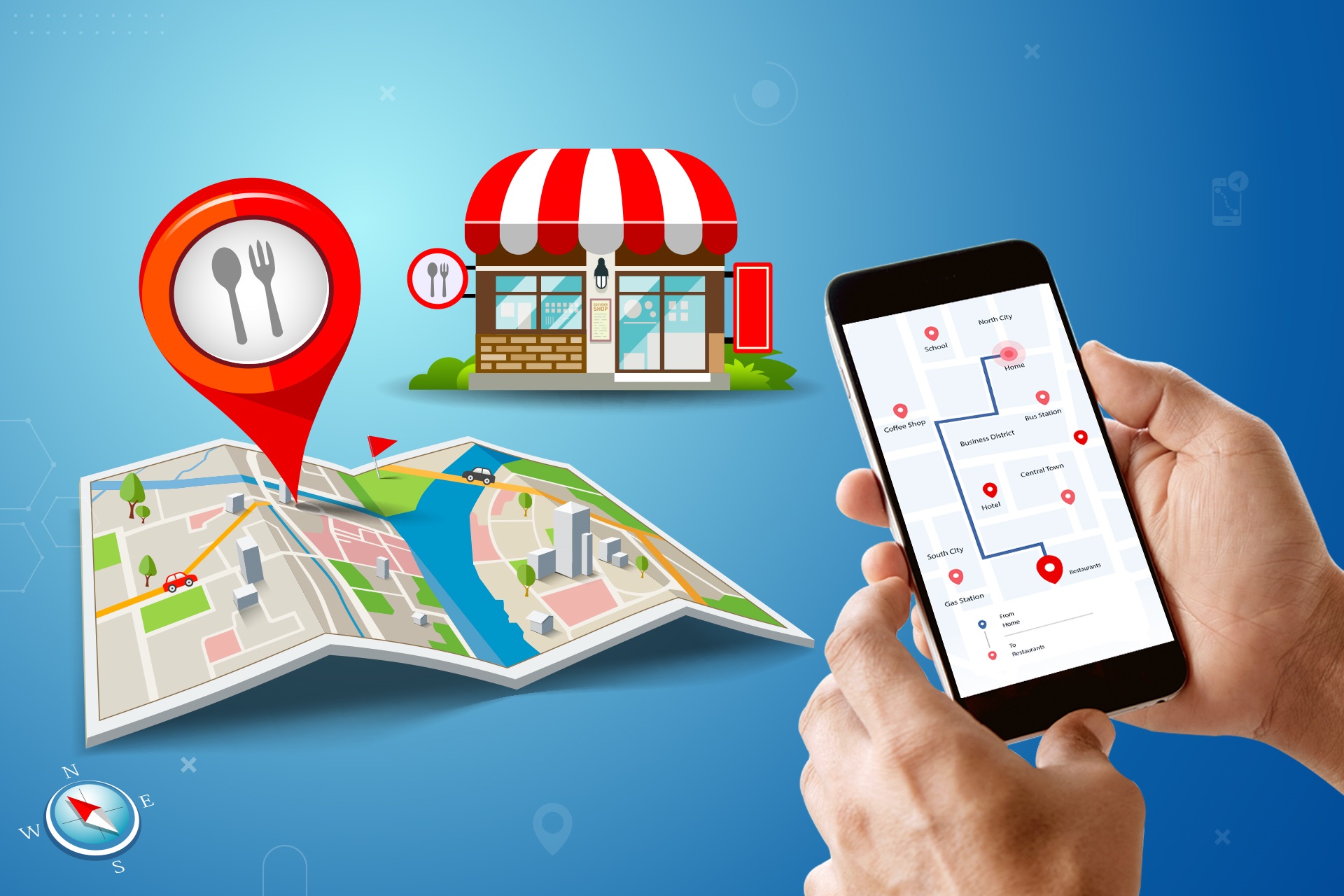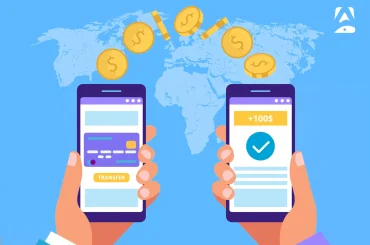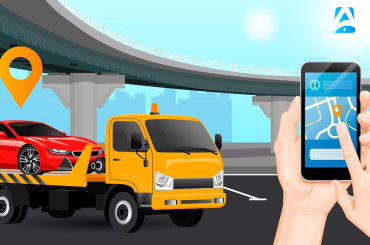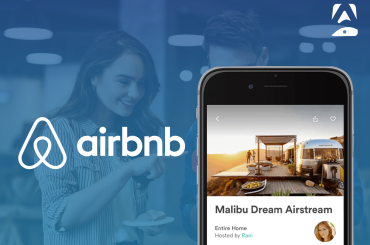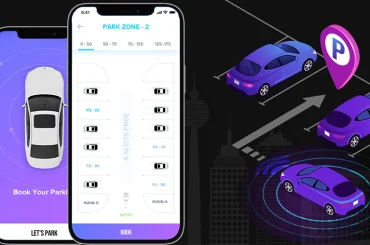Technological advancements are altering the marketing environment. The same technology has assisted in making marketing more target-focused rather than random. Target-focused marketing is also well-exemplified by the geofencing idea. Connecting with an audience that the business’s potential customers might be aids location-based marketing.
The mobile marketing channel is difficult to master. Only 4% of your mobile users will typically still be using your app after a year. It’s distinctive in that it’s constantly within the customer’s reach but delicate in that it’s very private and doesn’t accept spam.
The location-based marketing technologies like geofencing and beacons are becoming more and more well-liked among companies.
Because of this, contextual targeting that is more relevant is becoming a trend in mobile marketing. When it comes to mobile and its context, time and location are two of the most crucial factors. Mobile is an inherently location-based channel since, as its name suggests, it is always on the go.
What Is a Geofencing App?
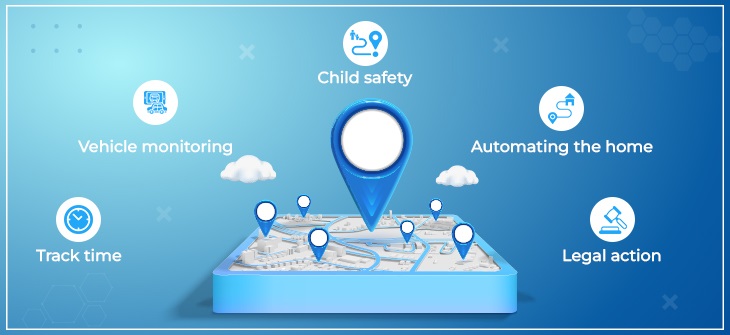
The geofencing app enables you to create a virtual fence around a specific location for any reason. However, due to the effectiveness of the marketing strategies that geofencing applications use, the app is primarily used for marketing objectives. When a discount is offered to you while you are just outside a store and you are standing outside, you will probably go inside.
The geofencing app’s applications go beyond simple marketing, though. The app can be used :
- Track time
- Vehicle monitoring for safety
- Child safety
- Automating the home
- Legal action and Law Enforcement
Market Stats about Geofencing Apps?
We might better grasp the huge market and outstanding usability of Geofencing apps by discussing some numbers and data. So let’s go over each one individually. You should be familiar with the idea of click-through rates in digital marketing before anything else. Therefore, mobile advertising’ click-through rate doubled when geofencing was used.
There are more than 6.6 billion smartphone users worldwide, which is significant when discussing the availability and reach of geofencing apps. 92% of smartphones, which are used by almost 6 billion people worldwide, support geofencing apps.
What are the Uses of Geofencing Apps?
Geofencing is simply indispensable for neighborhood companies that want to draw in new clients and keep their current ones happy. Geolocation apps set up correctly can snag a client from a rival. Even better, you may set up geofencing at the location of your rival and provide discounts there.
Various Degrees of Interaction
It takes work to attract customers and persuade them to make purchases when they haven’t even made plans to do so. A geofencing app provides you with plenty of support for various client engagement methods. Customers can receive text messages, emails, advertising, and pop-up notifications about your specials.
Better Conversion Rate
Advertising using the geofencing function reportedly receives twice as many hits as buttons on random ads, as we saw in the section above. Geofencing thereby improves conversion rates and facilitates the closing of more sales.
Use human resources
Financial support for human resources is significant for the business. Human resources are needed to carry out locally and geographically focused marketing. Thus, the necessity for human resources for location-based marketing is replaced by geofencing apps and software.
Including Other Marketing Tools
Relying solely on geofencing marketing when discussing national-level businesses and organizations is insufficient. The effectiveness and marketing can get a higher ROI by incorporating the geofencing idea into a marketing effort.
Create Security
After discussing the marketing goals and advantages in sufficient detail, it’s time to discuss some additional advantages. As we have stated, the geofencing concept is considerably broader than just marketing.
How Geofencing Works in Mobile Apps?

Geofencing on a mobile device can be set up without the use of additional hardware. Software that can be controlled online or via an API and incorporated into a mobile application is required.
Before geofencing can be added to your application, its objectives and strategy must be developed. The geofence you select should satisfy your requirements and goals.
The following levels at the hierarchy of a geofencing app:
- Administrator (owner of the business);
- The user of the device;
- Application with a geofencing definition built-in.
The administrator must use GPS or RFID support to code the geofence’s virtual borders. The geofence specializes in the code since you require the user’s permission to use location-based services to contact them.
To apply for geofencing, make sure your application complies with all requirements. It is especially true for iOS applications, which are warier in collecting additional user data. Push notifications with a request to transfer geolocation because most developers want to receive user location information outside of the user interface flow of the application.
Use Cases of Geofencing Apps
As was mentioned, geofencing apps have more use than just marketing. So let’s go over some additional use cases for this idea one by one.
Travel
For travel-related reasons, tourism aids in gathering location-specific information. Knowing whether a particular site is safe to visit can be helpful as well.
Human Resources
The geofencing idea is very helpful in managing human resources effectively. First, it can ensure that every employee is present at the appropriate locations and times. Additionally, the human resources division might get in touch with workers at companies like their own to present them with fresh chances.
Zoning and Storing
When a store, garage, equipment shop, car rental agency, or other business is zoned, it can track when its tools or equipment enters or exits a fenced area.
Parental Authority
The locations your youngster is not permitted to enter can be fenced. So, whenever they pass by that spot, you will be aware.
Knowing when a stranger enters a specific border can help someone increase the security of their home.
Monitoring
Drones are frequently utilized to access restricted places and gather sensitive information. In this way, geofencing aids in the detection of such activities by alerting authorities to the entry of any equipment or drones.
Modern Automation
Automation can advance thanks to geofencing. Now, let’s use an illustration. A geofence for the airport can be set up by an airline. Therefore, the app will automatically get the boarding passes as soon as the traveller enters the geofence at the airport.
What are the Limitations of Geofencing?
Permissions
A user must consent to or actively participate in geofencing technology. People could not grant your app permission to access the device location for reasons of privacy and to avoid monitoring.
Independence
When client data from other sources work simultaneously, geofencing is successful. So, geofencing isn’t a technology that can be used alone to gather high-quality business analytics.
Battery Life
The majority of mobile devices geofencing features are excessively draining on the battery, forcing consumers to disable the feature. Because of this, many users even opt to avoid using apps that support geofencing.
How to Get Started with Using Geofencing?
- Here are a few steps to getting started if you want to use geofencing technology:
- Gather all the specifications that have been mentioned, and make sure that geofencing complies with the demands of your current marketing plan.
- To add geofencing to your app, pick a suitable geofencing program.
- Include it in the application.
- Test and run QA for the app.
- Create your campaigns for Push notifications. You can use these notifications in inventive ways.
Conclusion
Geofencing is an ideal tool to attract more customers if used correctly. Geofencing can increase path-to-purchase conversions, foster real-time interaction, and foster customer loyalty when used correctly. The idea of geofencing aids in the action. One of the best and most effective ways to boost sales is to invite customers who are passing by the store. Geofencing can also be used to tell locals who may be the product’s target market about a certain store good, or service.

